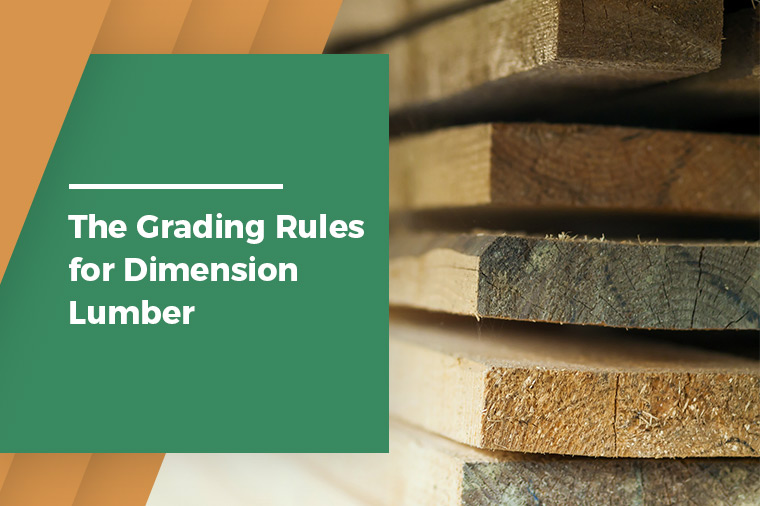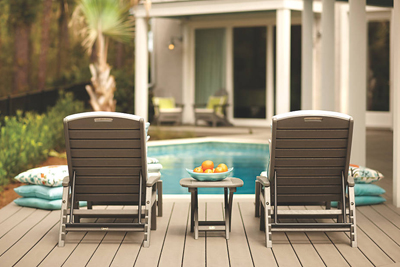The Grading Rules for Dimension Lumber

To All Our Valued Customers, Over the past few years, the Covid 19 Pandemic has forced us to adapt and change the way we do things on a day-to-day basis. Florida Lumber is no exception. To make sure that we remain strong and competitive in the market for the years to come, Florida Lumber has had to adjust and change our vision for the future. In the last 2 years, we have stopped selling Sheetrock and drywall products, roofing felt and roofing materials, and have even closed on Saturdays.
Over the last few months, we have been transitioning our way out of the door supply business so on August 31, 2022, our door shop will stop assembling doors. We will continue liquidating our doors from inventory until we are out of material.
Some customers have asked if we are closing or even moving locations. To set the story straight, we are not closing or selling the business and we are not moving. These changes are all part of our new vision and path to continue serving South Florida and increasing our footprint in the construction supply industry.
Our focus is going to be on Lumber, Construction Materials, Rebar Fabrication and Rebar Accessories. As we have liquidated some of the items that we don’t sell anymore we have created more space to buy a larger volume of our core items and pass on the savings to our customers.
In the next year you will start seeing changes that will help improve our ability to serve you, our customers. We appreciate your business and your patience as Florida Lumber’s new vision becomes reality.
A Todos Nuestros Valiosos Clientes En los ultimos anos, la pandemia de el Virus (Covid 19) nos ha forzado a adaptarnos y cambiar la forma de hacer cosas en el dia a dia. Florida Lumber no ha sido una excepcion.
Para asegurarnos de mantenernos fuertes y competitivos en el mercado en los anos venideros, Florida Lumber ha tenido que ajustar y cambiar nuestra vision para el futuro. En los dos ultimos anos hemos dejado de vender los productos de yeso (sheetrock), paneles de yeso (drywall), tela asfaltica (roofing felt), materiales de techo y cerramos los Sabados. En los ultimos meses, hemos estado en transicion para salir del negocio de suministro de puertas, en Agosto 31, del 2022 nuestra tienda de puertas dejara de construir y/o cortar puertas. Vamos a continuar liquidando nuestro inventario de puertas haste que terminemos todo el material. Algunos de nuestros clientes han preguntado si estamos cerrando o si nos estamos moviendo a otra localidad. La verdad es que no estamos cerrando, no estamos vendiendo y no estamos cambiando de localidad. Estos cambios son todos parte de nuestra nueva vision y camino a continuar sirviendo al estado sur de la Florida y incrementar nuestras huellas en la industria de suministros de construccion.
paneles de yeso (drywall), tela asfaltica (roofing felt), materiales de techo y cerramos los Sabados.
En los ultimos meses, hemos estado en transicion para salir del negocio de suministro de puertas, en Agosto 31, del 2022 nuestra tienda de puertas dejara de construir y/o cortar puertas.
Vamos a continuar liquidando nuestro inventario de puertas haste que terminemos todo el material. Algunos de nuestros clientes han preguntado si estamos cerrando o si nos estamos moviendo a otra localidad.
La verdad es que no estamos cerrando, no estamos vendiendo y no estamos cambiando de localidad. Estos cambios son todos parte de nuestra nueva vision y camino a continuar sirviendo al estado sur de la Florida y incrementar nuestras huellas en la industria de suministros de construcción.
2431 N.W. 20TH ST.
MIAMI, FL 33142
PHONE: (305) 635-6412
Sales Fax: (305) 633-4054
Accounting Fax: (305) 635-3723
Email: sales@tloridalumber.com

Often, dimension lumber users complain about the quality of the lumber. Despite the package bearing a similar grade mark, the appearance might be worse or better. Despite the correct gradation of the lumber, certain factors influence the overall appearance in specific grades. The primary reason for writing grade rules was for controlling the strength within single gradations. However, it involved only limited considerations that were related to the appearance of the lumber.
Rules for Grading
The first consideration are always grading rules, where the National Grading Rule (NGR) describes possible worst-case scenarios related to every characteristic and defect of lumber allowed within each grade. This leads to variations in individual pieces appearance within grades. Grading rules will limit defects related to every piece, but not the pieces themselves.
For example, dense, straight, very good lumber pieces containing a single edge and small knots will fail to get the number one grade. Similarly, less dense lumber with maximum allowable knots, wane, warp or skip also get the number two grade and some pieces appear different from others for this reason. Number two slot in grading goes to wane with maximum 1/2 face, 2/3 edge for maximum 1/4 of overall length. This suggests a good wane. Such generous allowance for wane is because it does not reduce published stress ratings for the number 2 slot in grade rules. Each piece in this slot may not contain the allowable maximum wane. The variation related to the pieces with same-grade wane can be much large.
Skip also influences the appearance of lumber. This refers to surface areas that are not ideal for planning because of the presence of scant width or thickness. This makes for poor appearances that nevertheless will have minimal effect on the usability and strength. Some over-drying and tolerances for tight sizes will lead to the skip. Focus of the mills on recovery will lead to reduction in rough sizes of lumber. Sawing variances that are too high lead to increased frequency of skip dressing.
When it comes to lumber marketability, the major driving force is customer satisfaction. Treated dimension lumber finds wide use in outdoor projects. It is frequently sold in big-box retailers for use by “weekend warriors” and do-it-yourself enthusiasts. For this reason, there is an increasing requirement for graded and produced lumber specifically for appearance’s sake, considerably beyond the perimeter of grading rules. For this reason, producers manufacture lumber better than what rules allow based on market demands and the customer base they cater to.
Quality of raw material
This also affects the appearance of the finished product. There are multiple forms of standing timber where trees stand, and individual trees widely vary in species, growth rate and sizes. Your quality logs will be reflected in finished products as well. Thus, at one end of the spectrum, where poor management of plantations is rife, there will be low-quality logs and the lumber will have natural defects and more knots frequency. With proper management of plantations, the number of natural defects will be less and you would naturally get better quality lumber.
Drying and manufacturing practices
The quality processes at the mills will also affect the lumber appearance within single grades. Poor sawing, bucking, drying, stacking, edging and trimming will influence the finished product’s appearance. Here, the percentage of offsets, wavy dressing, skip, warp and bites will be much higher. Even when the graders remove pieces with undesirable defects, the resulting products will have benefits in comparison to lumber produced by well-maintained facilities that use skilled operators, modern technology and strict quality control. For this reason, manufacturers improve processes constantly to enhance the quality of finished products. They will be better in appearance while conforming to the required set of rules as well.
Producer site grade separations
Appearance of specific grade will also depend upon grade combinations that the manufacturers sort and sell. Upon separation of lower and higher grades, the lumber of lower grade does not appear good. They might be usable and have an acceptable appearance, but they remain substandard, especially when seen with high-grade lumber. When grade separation is not present, the lumber pack will contain pieces with warp, skip, small knots and less wane.
Packaging practices
Lumber appearance will also depend upon the attention and care taken while packaging the goods. Such differences will be visible in lumber of the same quality and grade. In tight and square packages for example, evenly aligned strapping and accurately identified length, size, and grade on placards with an appropriate placement and readability make effective first impressions. Superior quality of lumber will be the pack with bright square ends with evenly placed, legible grade stamps upon every piece. It is interesting to note that when poor packaging of the same pieces is present, there will be a diminished perception of the quality of the dimension lumber.
Florida Lumber stocks a variety of sizes & grades of dimensional lumber that are great for any projects. To get and instant quote on all lumber products in Miami, call us via (305) 635-6412 today!!

